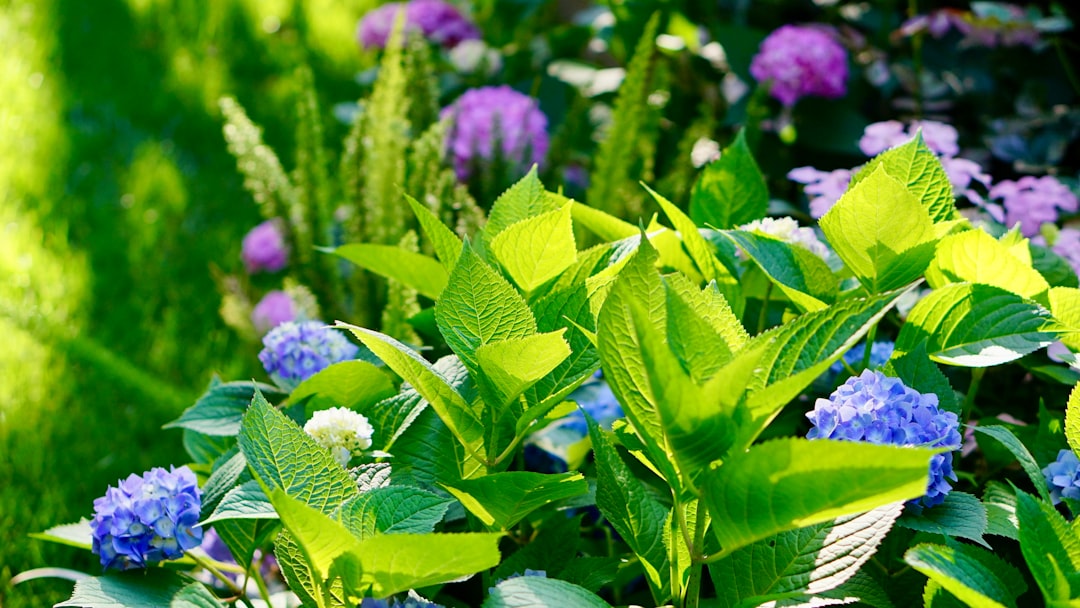The Art of Pumpkin Composting in Your Yard

When autumn rolls around, pumpkins become a staple in many households. Whether they're carved into spooky jack - o'-lanterns or left whole as decorative pieces, these vibrant orange gourds are a symbol of the season. But once the festivities are over, what should you do with your pumpkins? Composting them can be an excellent option, but it's not as straightforward as it might seem. Not all pumpkins are suitable for composting, and there are specific times and methods to ensure successful pumpkin composting in your yard.
First, let's understand why pumpkins are great for compost. Pumpkins are rich in organic matter. They are mainly composed of water, carbohydrates, and various nutrients. When you add pumpkins to your compost pile, they break down relatively quickly, contributing to the overall fertility of the compost. The decomposition process releases valuable nutrients such as nitrogen, phosphorus, and potassium, which are essential for healthy plant growth. Additionally, the fibrous nature of pumpkins helps to aerate the compost pile, improving its structure and allowing for better oxygen circulation.
However, not all pumpkins are created equal when it comes to composting. If your pumpkin has been painted, coated with wax, or treated with chemicals, it's best to avoid composting it. These substances can contaminate your compost and potentially harm the plants you'll use the compost on. For instance, paint may contain heavy metals, and wax can slow down the decomposition process. So, before you toss your pumpkin into the compost pile, take a close look to make sure it's in its natural, untreated state.
Now, let's talk about the ideal time to compost pumpkins. The best time to start composting pumpkins is right after Halloween or Thanksgiving, depending on when you've used them. At this point, the pumpkins are beginning to deteriorate, and they're more likely to break down quickly in the compost pile. If you wait too long, the pumpkins may start to rot and attract pests. On the other hand, if you compost them too early, they may not have started the natural decomposition process, which could slow down the overall composting time.
To compost pumpkins effectively, you'll need to prepare them properly. Start by cutting the pumpkins into smaller pieces. This increases the surface area available for decomposition and speeds up the process. You can use a sharp knife to cut the pumpkins into chunks about 2 - 3 inches in size. Remove any seeds and stems, as these parts can take longer to break down. If you have a large number of pumpkins, you may even consider using a shredder to make the pieces even smaller.
Once your pumpkins are prepared, it's time to add them to your compost pile. A well - balanced compost pile consists of a mix of green materials (rich in nitrogen) and brown materials (rich in carbon). Pumpkins are considered green materials. To maintain the right balance, make sure to add an appropriate amount of brown materials such as dried leaves, straw, or shredded newspaper. A good rule of thumb is to aim for a ratio of about 2 parts brown materials to 1 part green materials.
When adding the pumpkin pieces to the compost pile, spread them out evenly. This helps to prevent clumping and ensures that the decomposition process occurs uniformly. You can also mix the pumpkin pieces with the existing compost materials using a pitchfork or a compost turner. Turning the compost pile regularly is crucial for successful composting. It helps to aerate the pile, which promotes the growth of beneficial microorganisms that break down the organic matter. Aim to turn the pile every 1 - 2 weeks.
Another important factor to consider is the moisture level of the compost pile. Pumpkins have a high water content, which can contribute to the overall moisture of the pile. However, you still need to monitor the moisture level to make sure it's neither too wet nor too dry. The compost pile should feel like a damp sponge. If it's too dry, you can add some water; if it's too wet, you can add more brown materials to absorb the excess moisture.
As the pumpkins decompose in the compost pile, you'll start to notice changes in the appearance and texture of the compost. Over time, the pumpkin pieces will break down into a dark, crumbly substance known as humus. This humus is a valuable soil amendment that can be used to enrich your garden soil. You can use the finished compost to fertilize your flower beds, vegetable gardens, or potted plants.
In conclusion, composting pumpkins is a great way to reduce waste and improve the health of your yard. By following the right guidelines on when and how to compost pumpkins, you can ensure a successful composting process. Remember to choose untreated pumpkins, prepare them properly, maintain the right balance of materials, and monitor the moisture and aeration of the compost pile. With a little effort, you'll be able to transform your old pumpkins into nutrient - rich compost that will benefit your plants for seasons to come.